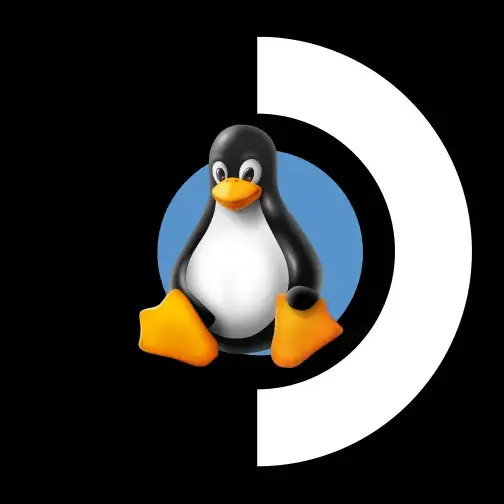

“My Time at Portia”: it’s not exactly the best-coded game ive ever played (weird geometry and animation bugs, and some of the plots feel half-assed) but the world is big, and complicated, and there’s lots of crafting and relationships, and overall Good Vibes. I built a bus stop last night and married a nice girl who sells flowers. I recommend.
It’s currently on sale on GOG for €3.






I am terribly jealous. Congratulations on finding a company with a (somewhat) sensible IT policy.